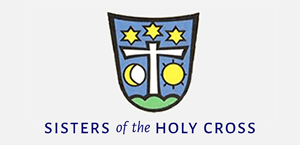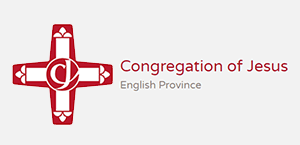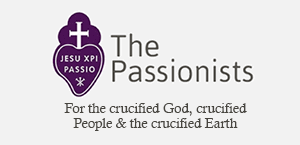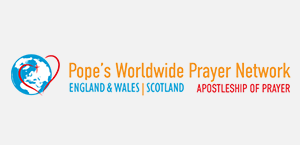Gospel in Art: Father, keep them from the evil one
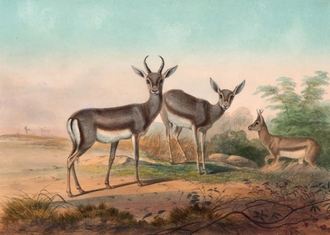
The Persian Gazelle (Gazella Subgutturosa), by Joseph Wolf, print issued 1861-1867, © Alamy
Source: Christian Art
Gospel of 4 June 2025
John 17:11b-19
At that time: Jesus lifted up his eyes to heaven, and praying said, 'Holy Father, keep them in your name, which you have given me, that they may be one, even as we are one. While I was with them, I kept them in your name, which you have given me. I have guarded them, and not one of them has been lost except the son of destruction, that the Scripture might be fulfilled. But now I am coming to you, and these things I speak in the world, that they may have my joy fulfilled in themselves.
'I have given them your word, and the world has hated them because they are not of the world, just as I am not of the world. I do not ask that you take them out of the world, but that you keep them from the evil one. They are not of the world, just as I am not of the world. Sanctify them in the truth; your word is truth. As you sent me into the world, so I have sent them into the world. And for their sake I consecrate myself, that they also may be consecrated in truth.'
Reflection on the print
In today's Gospel reading Jesus is asking His father to protect his followers from the evil one.
There once was a billionaire in the United States who wanted build a private zoo in his gardens and to fill it with the rarest of animals. He also wanted a highly sought after species of gazelle that is found in Africa. Upon telling friends and contacts in Africa what type of gazelle he wanted, they all told him it was an impossible task. Gazelles are simply too smart and too fast to be caught. It became a challenge for the man and he decided to go to Africa to catch the gazelles himself. He set up camp and, knowing that gazelles like sweet things, he started to put sweetened food out for them every night. After the first night, he put up one pole, the second night another pole, the third night, a third pole, and so on. The gazelles came back every night, not paying attention to there being a new pole each night. After a few weeks, the man put fencing between the first pole and the second pole; the next night between the second and the third pole, etc… again the gazelles didn't pay any attention, coming back for their sweet food every night… until one night, the last fence between the two last poles went in. They were trapped. The man had fenced them in: he had succeeded in trapping them.
Our story exemplifies the insidious nature of temptation, as the adversary cunningly wants to lure us into his snares. Unbeknown to us, we may find ourselves ensnared, much like the unsuspecting gazelles. Thus, it is important to take notice of the plea in our Gospel passage for safeguarding against the evil one.
The gouache painting of gazelles is by Joseph Wolf. Born in 1820 in Mörz, near the Moselle in what was then Rhenish Prussia, he showed an early talent for drawing animals and birds. As a boy, he made his own brushes from animal fur, raised birds from the nest, and sketched them in remarkable detail. With his father's support, he trained as a lithographer and began illustrating ornithological works, gaining early recognition for his drawings of birds of prey. His talent soon brought him to the attention of major naturalists across Europe, and he began contributing to significant publications. After avoiding military service with the help of a friendly surgeon, he moved to the Antwerp Academy to master oil painting techniques, and was eventually invited to London in 1848 to illustrate for the British Museum. Once in London, Wolf quickly became the preferred illustrator for leading explorers and scientists such as David Livingstone, Alfred Russel Wallace, and Henry Walter Bates. His deep understanding of animal anatomy and behaviour allowed him to depict creatures in natural, expressive poses, setting a new standard for wildlife art, of which our print depicting gazelles is a good example. Sir Edwin Landseer described him as "the best all-round animal artist who ever lived", and some even said that he must have been a bird before becoming a man.
LINKS
Gospel in Art: https://christian.art/
Today's Reflection: https://christian.art/daily-gospel-reading/john-17-11b-19-2025/ (with audio)









